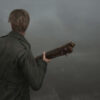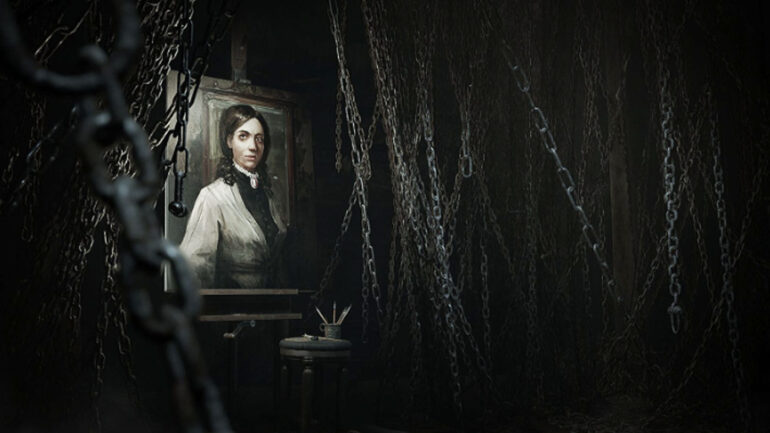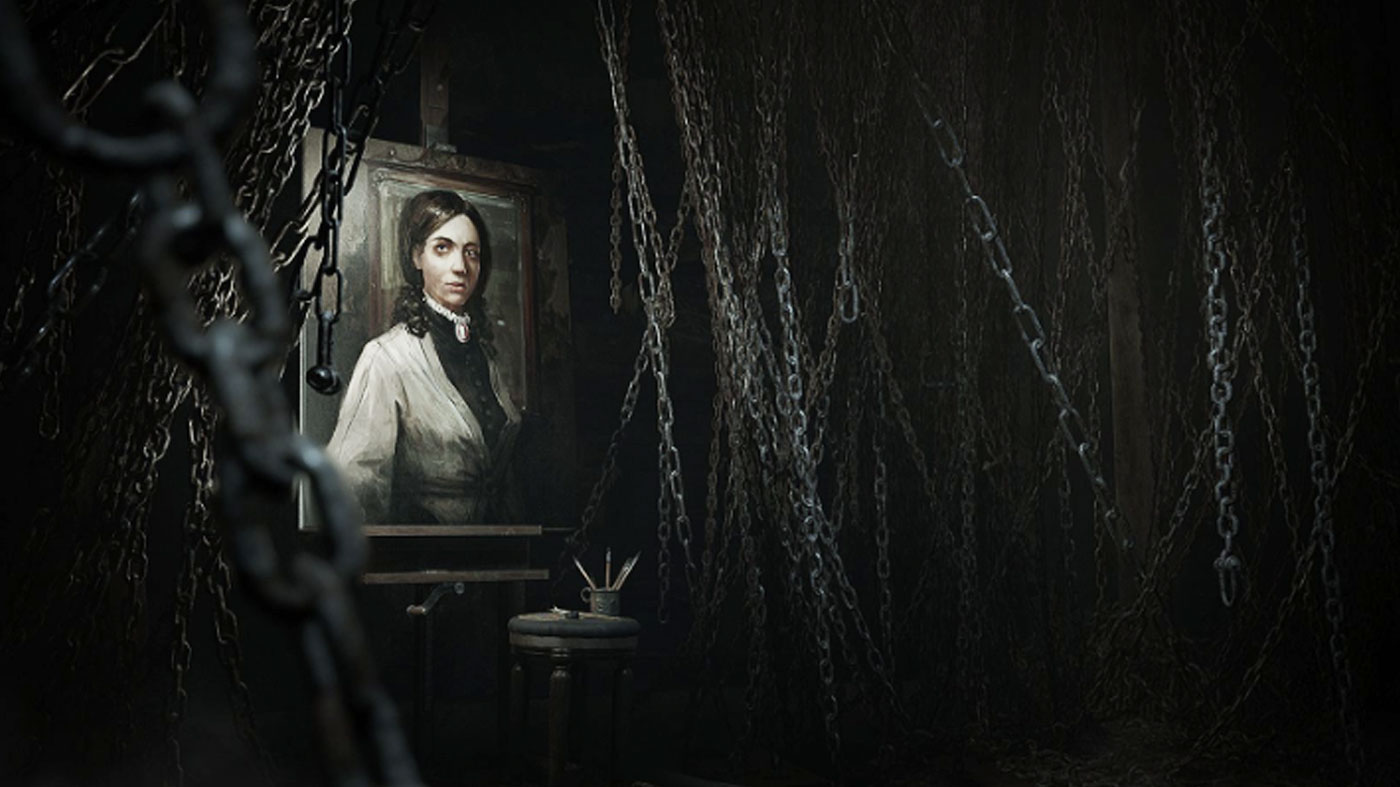When you think about Bloober Team, you think about horror. But while they had shipped ten games in other genres before Layer of Fear, you’d be remiss for assuming it was their debut. Layers of Fear really put Bloober Team on the map. It balanced an intriguing story with a sense of atmospheric immersion unlike anything before. However, its lack of interactivity hurt it in places. Now, seven years later, Bloober has revisited the game that made it all happen for them. It’s called Layers of Fear once more, but it’s an all-encompassing package that is the best way to experience Layers of Fear, even with all its faults.
[presto_player id=146144]
While it shares a name with the first game, Layers of Fear is a compilation of everything released in the series. It includes Layers of Fear, its Inheritance expansion and Layers of Fear 2. These three components, previously only available on older consoles and built on Unity, have now been entirely remade and updated to run on Unreal Engine 5. The remarkable result is such a stark visual upgrade that it’s easily the best and most definitive way to jump into the Layers of Fear series.
But there’s a little bit more included here for returning fans too. On top of a rather generous upgrade pricing option, some brand-new content further fleshes out the game’s story. It will honestly be up for debate just how much these new additions add to the experience. It’s still a nice inclusion for those who’ve already played the previous games to death.
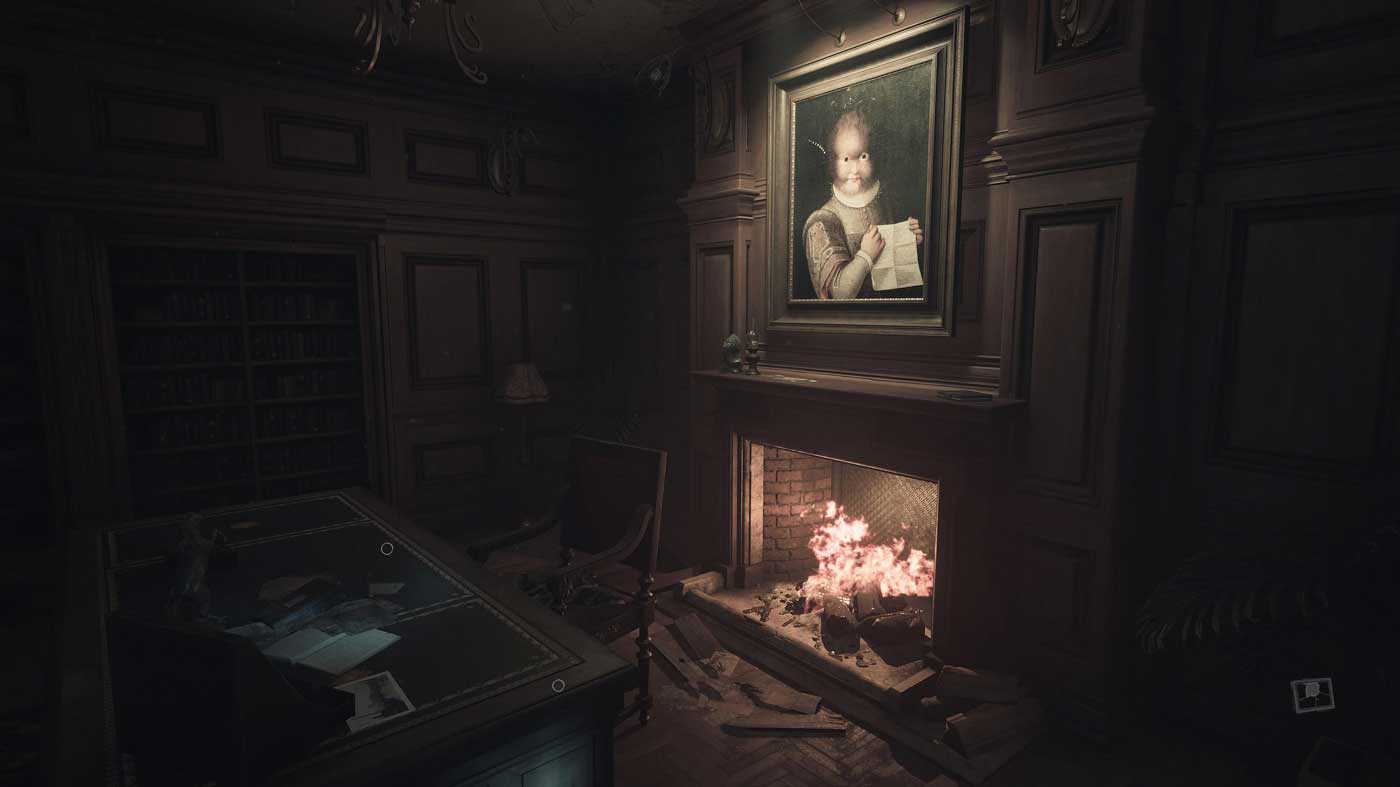
The first new inclusion is a brand-new chapter within the first game’s world. It’s called The Last Note, and it sees you playing as the wife of The Painter from the first game. It’s a very brief, albeit enlightening, chapter that tells her side of the story in an attempt to recontextualise events of the first game. With so much detail already put into Layers of Fear and Inheritance, I can’t help but feel this wasn’t needed though it comes with two endings.
I say this because while the second game is much less revered amongst the fans, it’s also had no attention paid to it beyond its original release. This would’ve been a great opportunity to better flesh out the characters’ stories in that game, so it feels a little misfire to not include anything in this otherwise robust package.
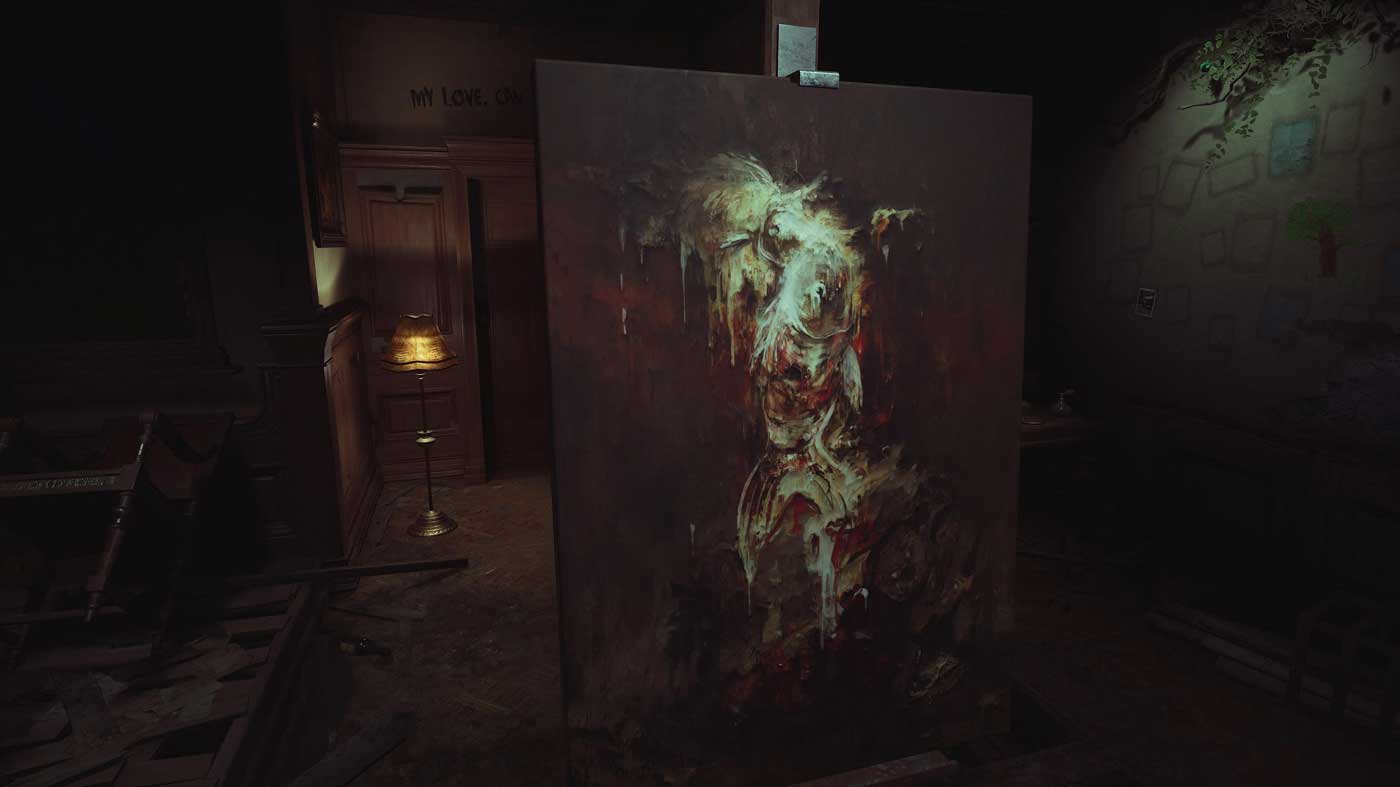
The other new inclusion is the story of a character known only as “The Writer”. Her story is presented as a framing narrative – you’ll play one of her (shorter) chapters between the chapters in Layers of Fear and Layers of Fear 2. They’re good at breaking up the monotony of these other chapters, but the transition to them is a bit jarring and not really justified narratively. Still, the writer’s story is a good attempt to tie all the stories together.
Once again, whether that’s done elegantly or in a totally satisfying matter is up for debate. I’m not going to spoil anything here – but it feels like The Writer’s story is doubling down on an aspect introduced in the second game that I wasn’t a fan of. I’m sure some fans will appreciate the direction it takes the story, but for me, it felt like a bit of a cop-out.
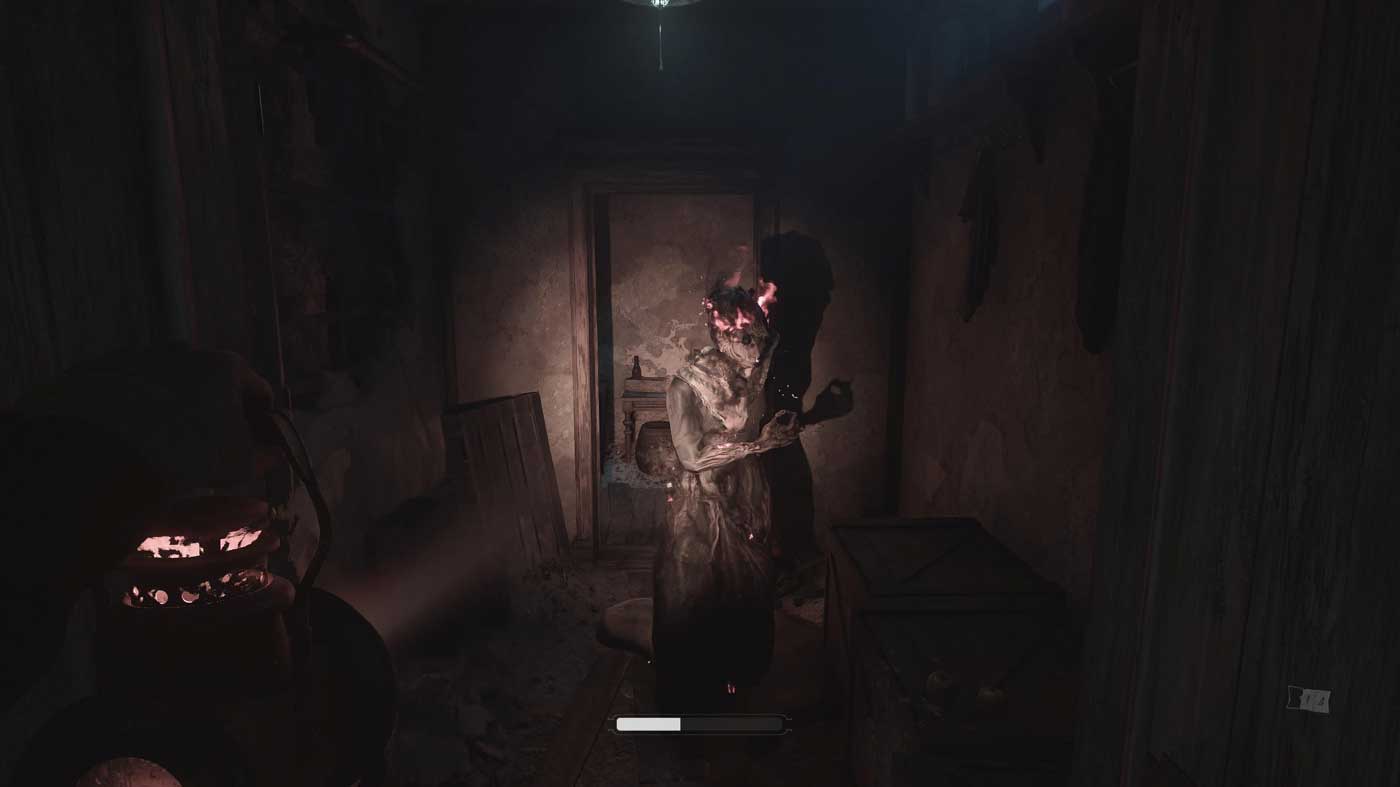
But credit must be given to Bloober Team and Anshar Studios. Most developers would be happy to port their old games to a new engine and leave it at that. Including new content in Layers of Fear is appreciated, even if that content doesn’t quite resonate with me. But it’s important to highlight that these aren’t straight remakes either. Both Layers of Fear games have had changes made to address criticisms aimed at them all those years ago.
Many encounters, especially in the first game, have been reworked to take advantage of both newer technology and the presumably evolving talents of the developers. Both games are still largely passive experiences, but some of these remixed and redesigned set pieces do good work in alleviating some of the repetition of the original games, where you’d walk through corridors and impossible spaces while scary voices whispered at you or objects fell to the ground and made loud noises.
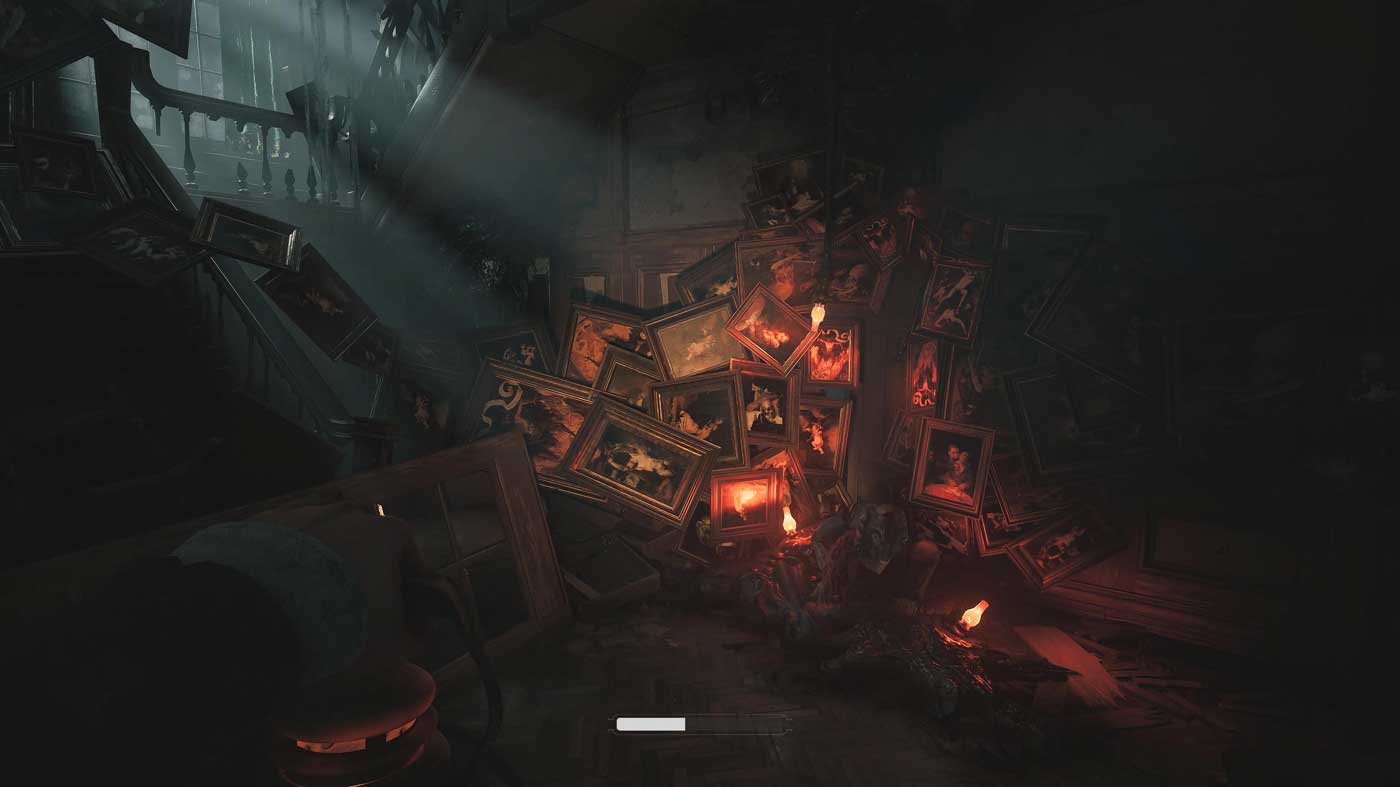
This is done in both games in different ways. The first Layers of Fear gives The Painter a lantern to wield, which can “cleanse” objects or areas to reveal new paths in the world. It also allows him to fight off an enemy who stalks him in certain situations. During these moments, you’ll often evade an enemy while moving through a more open area to find a key and escape. This is a good attempt at cleansing Layers of Fear of its often derogatorily used term “walking simulator”, but it’s not quite as engaging as I’d hoped. It feels like Outlast, and given that I wasn’t a massive fan of this design choice almost ten years ago, it still doesn’t play well here.
The second Layers of Fear already had some moments where a monster stalks you, but the changes implemented here feel a bit more carefully considered. Here, you’re given a flashlight. It can stun the monster that stalks you through the ship, alleviating a key criticism of the original release. But It also can be used to solve puzzles – shining the light on specific mannequins will animate them to move something out of the way or hand you an item. It’s a lighter change, but its inclusion makes Layers of Fear 2 feel more like a “game”. It’s also used to up the ante during the game’s numerous chase sequences.

But at the end of the day, while these changes are numerous and nice, I’m reticent about declaring that you’ll suddenly like Layers of Fear if you never did initially. The style of scares is still the same – which will always be subjective at the end of the day. The experience is still essentially linear and, to a certain extent, predictable, despite implementing these more marginally open areas. I’m not implying that linear is always bad, but sometimes Layers of Fear feels so directed that the tension can evaporate once you realise you’re playing a game that wants you to take a particular path.
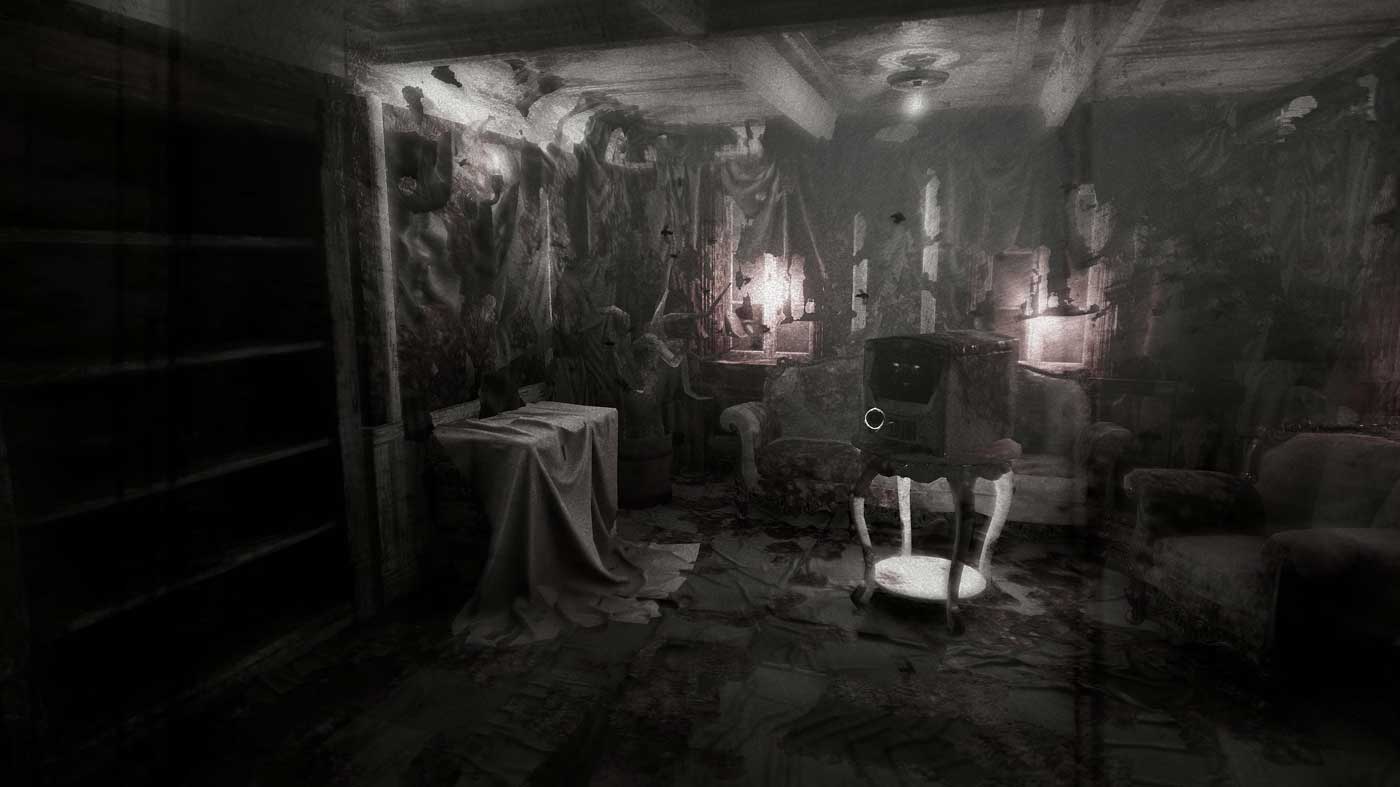
Of course, it goes without saying that Layers of Fear does a great job of looking the part. The jump to Unreal Engine 5 is nothing short of remarkable. Every location you trudge through looks phenomenal, rebuilt from the ground up to deliver a better sense of place than the original games. Horror games immensely benefit from a well-realised atmosphere, and Layers of Fear provides that in droves. Combining stellar sound design and some awe-inspiring ambient lighting really elevates the presentation of the games beyond what was presented all those years ago.

